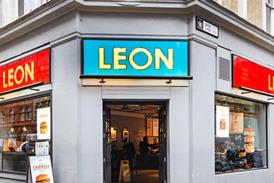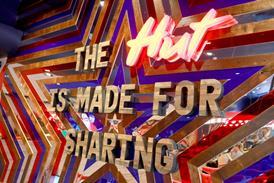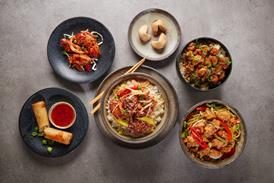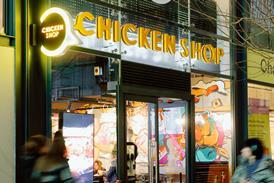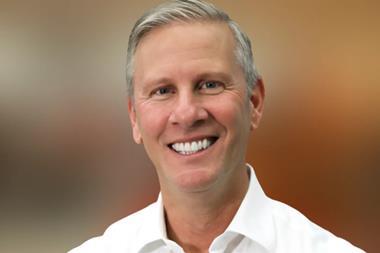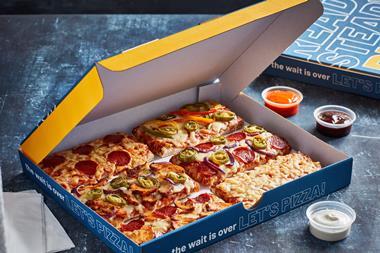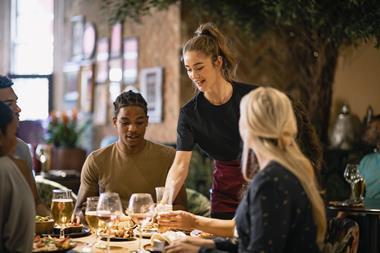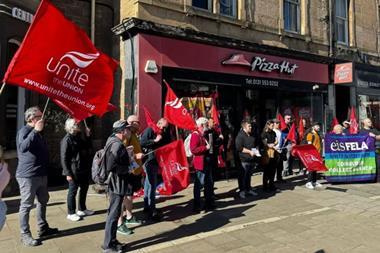You’ve fully explored your reasons for international expansion and you’re clear it’s the route for you but, before you set up shop or start talking to potential partners, it will pay you to run through a final checklist. Jasper Reid sets out the points you need to tick off first
In my last column (August issue of MCA) we explored the underlying motivation for overseas expansion viz income, equity valuation or a bit-of-a-lark. All may be valid but it’s good to be clear.
This month, we offer up a pre-embarkation checklist for intrepid brands. As my Father was fond of saying ‘time in recon-naissance is never wasted’. A sound prin-ciple, albeit one his children associate with very wet camping holidays in remote Scottish Highlands.
Checkpoint 1: How international are we?
In our experience, when management debates overseas expansion there is a tendency to overstate their knowledge. Only last week I asked a client how well they knew India and was told ‘pretty well’. After a little digging, it turned out the evidence was a six month Gap Year and a more recent family visit to Rajasthan. Hm.
Why do people over-reach? Partly fear of seeming unsophisticated and a bit to do with excitement. Unless there’s serious experience – which usually covers only one or two markets – it’s easier to declare an amnesty on ignorance and start from scratch.
Checkpoint 2: Who leads?
Few brands have the ability to increase overheads. Because of this, responsibility tends to get absorbed. This is OK if there really is spare capacity, but again the issue is competence. Does the CFO really understand international? If not, have they got the time and appetite to learn?
We find that checkpoint 1 and 2 are correlated with the risk that self-declared internationalists take charge mainly because there’s no one else and no money.
Checkpoint 3: What are we exporting?
We ask this in client meetings and are told ‘the brand, duh’. But what does this mean? Does anyone overseas know the brand? Is there a major competitive advantage? Does the business own IP that is hard to copy?
The days of venturing to markets with little competition are long gone. Every market (other than places like Iran or Myanmar) are wall to wall with competent players.
For example, Wendy’s (which we own in India) has limited name recall, but does have superior systems and know-how. Our calculation is that these are worth the fees. And Wendy’s employ a large team in Dubai to support us. What are they offering? Know-how and muscle and this matters big time for investors and landlords.
Checkpoint 4: What’s the investment case?
When working with PizzaExpress in China, we spent months on the ground building a detailed financial model. Only when clear on the details of P+L, cashflows and returns did we engage with potential partners.
This is not the norm. What usually happens is that brands gather a list of potential partners (usually on a franchise basis) and ask them to submit plans. As a way of getting free information this is OK but negotiation leverage goes for six.
The lesson is that unless a brand can afford to get on the ground first and understand the opportunity, they shouldn’t dream of letting a franchise.
Checkpoint 5: What’s the structure?
Ninety five per cent of brands opt for some kind of franchise. However, this only tends to work under two circumstances: 1) if the brand and format is highly systematised and 2) if the franchisee is very experienced. For 1), read McDonald’s and other QSR operators; for 2), read firms like Alshaya in the Gulf or the Minor Group in Thailand.
The thing about franchising is that it was intended for cookie-cutter offers in homogenous markets. Avon works because its US customers are similar and it trains Avon Ladies in a very repeatable way.
Restaurants of course are different and food or experience are highly local and varied. For example, our Jamie’s Pizzerias in Delhi offer a range of ‘Desi Pizzas’ (Indian flavours) not found in other markets. This is possible because the brand has invested in culinary resource to enable local customisation. But few brands can afford this.
Franchising can be the falsest of friends and if a brand is serious about international then our advice is, do it yourself. The issue then gets back to checklists 1)-4). The obvious point is don’t franchise simply because you can’t go it alone. This is like asking a child to drive the car because you’re a bit busy.
Checkpoint 6: What if it goes wrong?
California Pizza Kitchen China; KFC Syria; PizzaExpress Russia; McDonald’s Crimea. The list of brands’ exiting markets goes on and on. Big brands with big balance sheets and a track record of international growth. Will this be you? Possibly, but it pays to expect the worst.
It’s healthy to debate the what-ifs of going overseas. What do we do in a dispute and do we understand the laws? We have seen countless brands in China and India write franchise agreements unenforceable under local legislation. Oops.
Do we have the kind of people who can settle issues when they arise or will we try and hide behind an agreement? As seasoned operators know, international partnerships are like marriages and marrying young and in the heat of passion is fun but flawed.
And if it does go wrong, will our brand suffer? News travels fast and a well-intentioned global foray can be expensive back home. This said, the world is still very big and mishaps can be contained.
All this seems blindingly obvious, but we are constantly astonished by brands that fail on basics. Is it because the restaurant sector is in its international infancy versus other sectors (eg oil, pharma, retail, tech)? Is it because the industry is heavily biased towards day-to-day operations? Who knows.
Without reconnaissance, the result tends to be failure or a long and expensive gestation. Wagamama never expected Boston to be so hard. Pret A Manger Hong Kong took several goes. Nando’s India took longer than anyone thought possible. In fact, for those who get bored by lists, here’s another idea: whatever your time and expense numbers, double or treble up.
■ Jasper Reid is the Founder of IMM which advises brands on international expansion and owns the Wendy’s and Jamie Oliver restaurant chains in India’


